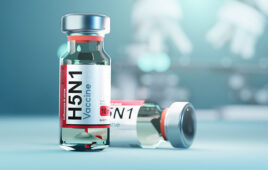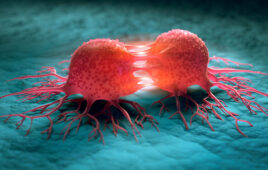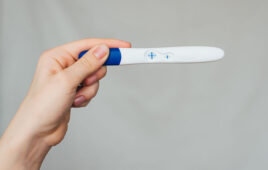
The need to keep vaccines within a temperature range of 2-8°C is one of the main factors behind low immunization-coverage rates. (Photo credit: CICR)
One of the main contributing factors to low immunization coverage in remote areas and developing countries is due to having to store vaccines at 2-8°C, according to Doctors Without Borders. Shipping these vaccines in a temperature-controlled supply chain is both a logistical and a financial challenge, and one that often prevents patients from receiving these much-needed vaccines.
In order to avoid this obstacle, EPFL’s Supramolecular Nanomaterials and Interfaces Laboratory (SUNMIL) researchers have come up with three vaccine additives, the findings of which were published in Nature Communications, which stabilized vaccines at room temperature for several weeks or, in some cases, months:
- Nanoparticles
- Polymer (polyethylene glycol)
- Sucrose
Typically, viral-vector vaccines, the most common type of vaccine, only lasts for a few days at room temperature. In this study, researchers worked to stabilize viral-vector vaccines against fluctuations using biocompatible additives.
According to the press release:
In their first approach, osmotic pressure is applied on the inactivated viruses (the main component of the vaccine) using a cloud of negatively charged nanoparticles. The virus is already subject to an outward osmotic pressure due to its genetic material (RNA or DNA), which has a high negative charge and is held inside the virus. The nanoparticles form a cloud of negatively charged objects that cannot enter the virus, thus generating counter-osmotic pressure that keeps the virus intact. “With this method, infectivity for a virus reached a half-life of 20 days,” says Stellacci [Head of SUNMIL, Constellium Chair].
The second approach, involving the adding of polymers, stiffened “the virus’s capsid, which envelops the inactivated virus. This additive mainly stabilizes the virus by slowing its oscillations by changing the stiffness of the capsid,” according to the press release. The vaccine remained “fully intact” for 20 days and was estimated to have a half-life of approximately 70 days.
The final approach added sucrose to the vaccines, making the environment more viscous and “slows down fluctuations.” The result was that at 70 days 85 percent of the vaccine’s properties were intact.
The article in Nature Communications claims that approximately 80 percent of the cost of vaccination programs is “due to the cold chain problem,” and that inexpensive, “biocompatible additives to slow down the degradation of virus particles would address the problem.”
Follow us on Twitter and Facebook for updates on the latest pharmaceutical and biopharmaceutical manufacturing news!
Filed Under: Drug Discovery




